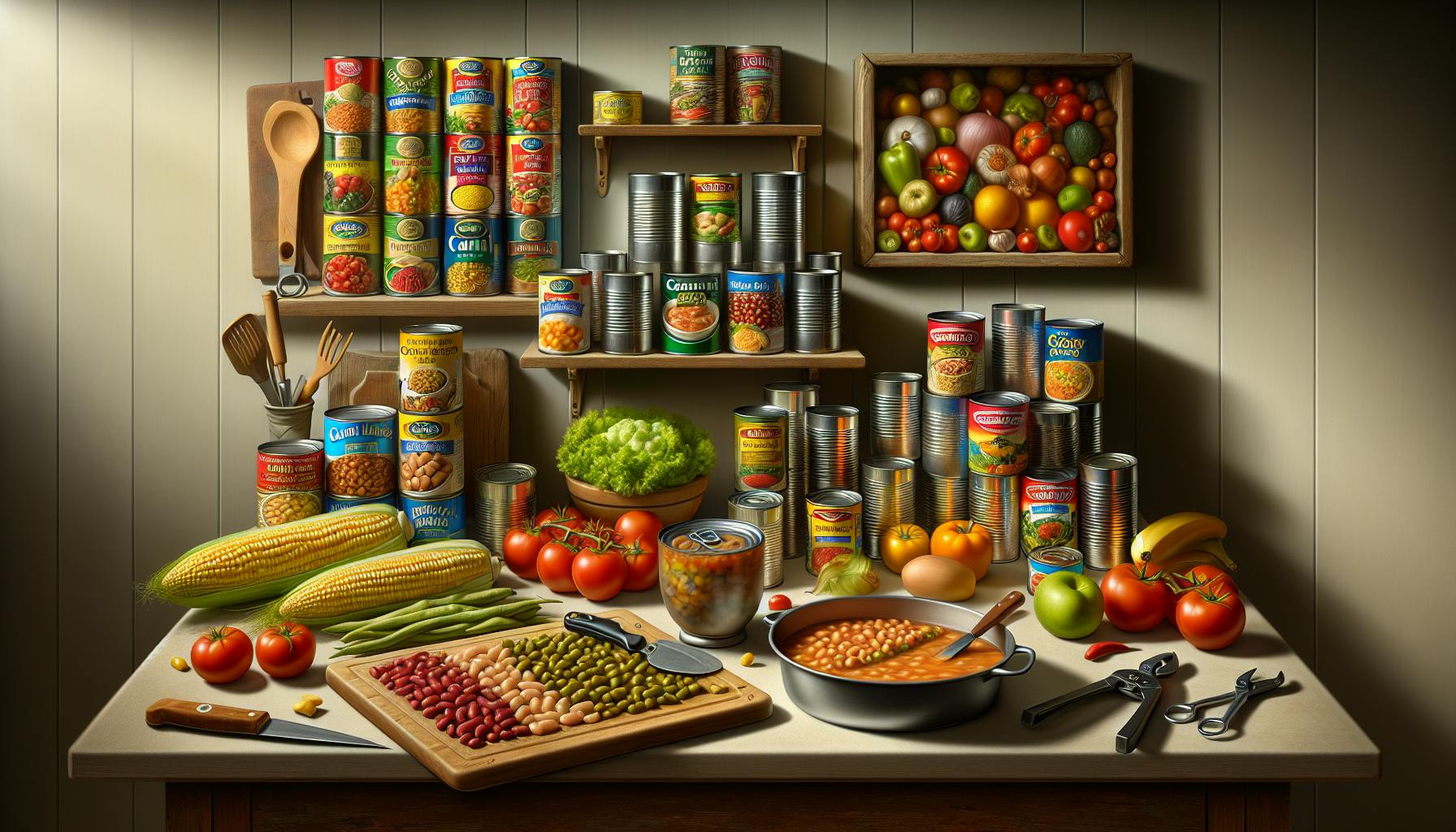Introduction to Atmospheric Water Generators
An preppers-guide/">atmospheric water generator (AWG) is an innovative device that produces clean drinking water directly from the humidity in the air. AWGs work by condensing the water vapor in the air into liquid water that is then filtered for impurities. With increasing extreme weather events and interest in self-reliance, atmospheric water generators have become an essential tool for preppers seeking to generate their own independent water supply off-grid.
AWGs provide renewable water during power outages, reduce reliance on potentially contaminated municipal sources, and allow mobility if evacuation is needed - perfectly aligned with a prepper's mission. There are two main types of AWGs on the market today - refrigerant-based and desiccant-based generators. Top brands producing high quality atmospheric water generators include the Ecoloblue 30a producing 30 gallons per day, the Watergen Home 90 GPD generating up to 90 gallons per day, and the Island Sky 2200 capable of 22 gallons per day. A quality AWG can produce safe, great tasting drinking water from as low as 30% humidity in the air. This makes them ideal for integration into any prepper's self-reliance strategy.
How Atmospheric Water Generators Work
The technology inside an AWG is relatively simple in concept. The air around us contains water vapor, known as humidity. An AWG uses condensation and filtration to convert that water vapor into liquid water that pours out ready to drink. Inside the AWG, air is passed over chilled coils or desiccant material to lower its temperature below the dew point, causing moisture to condense. This condensed water is then caught in a collection tank. Advanced filtration like UV sterilization, carbon block filters, and reverse osmosis membranes remove contaminants producing clean, safe drinking water.
There are two primary types of atmospheric water generators:
Refrigerant-Based Atmospheric Water Generators
- Uses a compressor and refrigerants like an air conditioner to cool air below its dew point
- Moisture condenses from the air and is captured in a collection tank
- Lower energy use but requires more frequent maintenance than desiccant models
- Operates in humidity as low as 30% making it well suited for a wide range of climates
- The Ecoloblue 30a is an example of a refrigerant-based AWG capable of producing 30 gallons per day
Desiccant-Based Atmospheric Water Generators
- Uses desiccant material like zeolite to absorb water vapor from the air
- Absorbed vapor is heated and condensed into liquid water
- Higher energy use but less maintenance than refrigerant models
- Requires humidity of at least 50% to effectively produce water
- The Watergen Home 90 GPD is an example of a desiccant AWG able to generate up to 90 gallons per day
Both types of AWGs are effective at producing pure drinking water from the air around us. The choice comes down to energy use, maintenance needs, and humidity levels in your region. For instance, a refrigerant-based AWG like the Ecoloblue 30a would be better suited for low humidity areas since it can operate at just 30% humidity. Meanwhile, the Watergen Home 90 GPD desiccant AWG requires at least 50% humidity so performs better in tropical or humid climates.
Key Benefits of Atmospheric Water Generators
There are many benefits atmospheric water generators can provide, especially for preppers seeking self-reliance:
- Provides a renewable source of pure water using just air, without relying on municipal sources
- Portable AWGs allow for preparedness during emergencies and natural disasters when traditional water sources may be compromised
- Can produce water even during grid failures since some models have solar and battery options
- Reduces need to store large quantities of bottled water
- Save money over purchasing bottled water in the long run
- Reduce plastic waste from water bottles ending up in oceans and landfills
- Generate water on-demand, eliminating the need to store large quantities of water
- Offer independence and peace of mind knowing you have access to safe water
- Allow mobility in case evacuation is required - portable AWGs can provide water anywhere
WeLovePrepping provides exclusive discounts on select AWGs like the Watergen Home 90 GPD and Ecoloblue 30a to help preppers afford these revolutionary self-reliance tools.
Considerations When Selecting an Atmospheric Water Generator
There are several factors to consider when choosing an AWG for your needs:
- Determine the amount of water volume in gallons per day you will realistically need
- Consider unit size, weight, and dimensions based on intended portable or whole home use
- Compare energy usage between desiccant and refrigerant models for your climate
- Factor in maintenance requirements like changing filters every 6 months and cleaning collection tanks weekly
- Look for advanced filtration including UV sterilization at 254nm, carbon block, and reverse osmosis membranes
- Check that materials meet safety standards and avoid BPA and lead
- Consider noise output in decibels - refrigerant models are louder at around 60dB versus desiccant AWGs at 40-50dB
- Opt for self-cleaning capabilities and intelligent monitoring that displays system info
- Compare warranty coverage between top brands like Ecoloblue's 1 year vs Watergen's 2 years
- WeLovePrepping offers exclusive deals to help make these self-reliance tools more affordable
Making an informed purchase decision will ensure you get the right AWG unit to sustainably generate sufficient water for your needs.
Ideal Placement for an Atmospheric Water Generator
Properly positioning your AWG will allow for optimum performance:
- Place portable AWGs in accessible areas to produce water on-demand
- Install larger units in garages, basements, or utility rooms to generate whole home water
- Position fixed AWGs away from direct sunlight and heat sources like furnaces
- Ensure proper ventilation and clearance of at least 12 inches around the unit
- Allow space for drainage of condensate away from the AWG to prevent mold growth
- Check that placement allows easy access for maintenance and repairs
- Consider noise if installing an AWG in living spaces
- For off-grid use, locate near alternative energy sources like solar panels
- Keep the AWG away from flammable chemicals and combustible materials to prevent fire hazards
Taking thoughtful placement into account will allow your AWG to produce the maximum amount of water.
Safety Tips for Properly Using Your Atmospheric Water Generator
Following safety best practices ensures safe operation of your AWG for years to come:
- Carefully read all manufacturer instructions before use
- Conduct regular maintenance like changing filters and cleaning tanks
- Sanitize and disinfect water holding tanks monthly to prevent mold
- Test produced water quality using test strips for total dissolved solids, pH, and microbiology
- Only use replacement parts and filters made specifically for your AWG model
- Ensure electrical cords are in good repair and not a trip hazard
- Supervise children around larger AWGs
- Unplug and drain portable units when not in use for over 2 weeks
- Track hours of operation and monitor any decrease in performance over time
- Contact the manufacturer immediately if any error codes appear or strange noises occur
- Follow all electrical safety codes if installing a whole home AWG
- Monitor for leaks and prevent condensate water from causing mold
Taking these simple safety precautions allows you to reliably utilize your AWG for years to come.
Summary
Atmospheric water generators allow preppers like you to become self-reliant for water access. The technology can produce drinking water sustainably using just humidity in the air, without relying on municipal water sources. With options for both portable and whole home units from trusted brands like Watergen and Ecoloblue, AWGs are an weloveprepping.com/blog/extreme-preppers-essentials-for-emergency-kits/">essential part of any prepper's emergency preparedness kit and long-term survival strategy. WeLovePrepping makes these innovative tools more affordable through exclusive discounts. Be sure to consider factors like maintenance, filtration, noise levels, and placement when selecting the right AWG model for your needs. With some simple safety precautions, an atmospheric water generator can provide renewable drinking water using just air for many years to come - aligning perfectly with a prepper's goal of independence.


